Cyril Feau
Adaptive importance sampling for seismic fragility curve estimation
Sep 09, 2021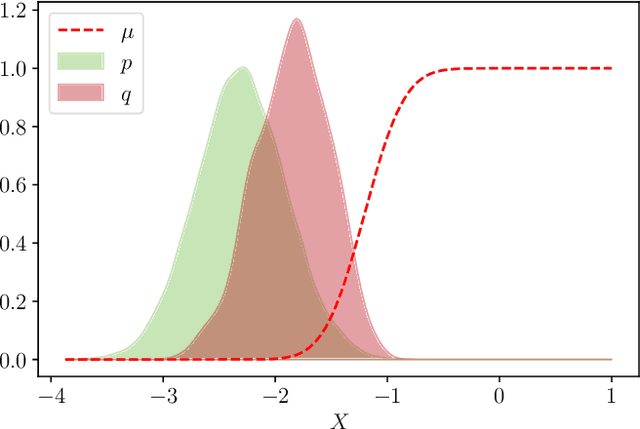
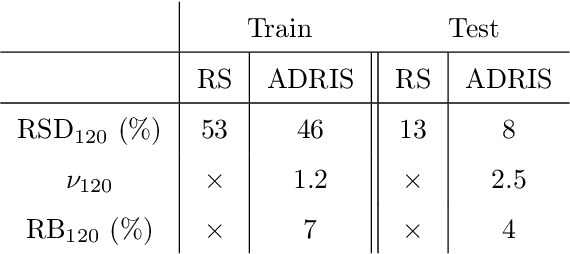

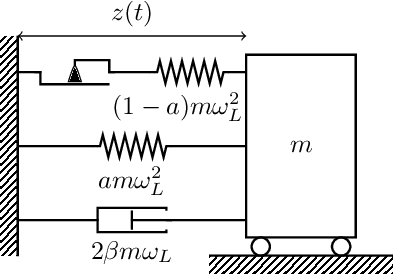
Abstract:As part of Probabilistic Risk Assessment studies, it is necessary to study the fragility of mechanical and civil engineered structures when subjected to seismic loads. This risk can be measured with fragility curves, which express the probability of failure of the structure conditionally to a seismic intensity measure. The estimation of fragility curves relies on time-consuming numerical simulations, so that careful experimental design is required in order to gain the maximum information on the structure's fragility with a limited number of code evaluations. We propose and implement an active learning methodology based on adaptive importance sampling in order to reduce the variance of the training loss. The efficiency of the proposed method in terms of bias, standard deviation and prediction interval coverage are theoretically and numerically characterized.
Efficient Seismic fragility curve estimation by Active Learning on Support Vector Machines
Sep 25, 2018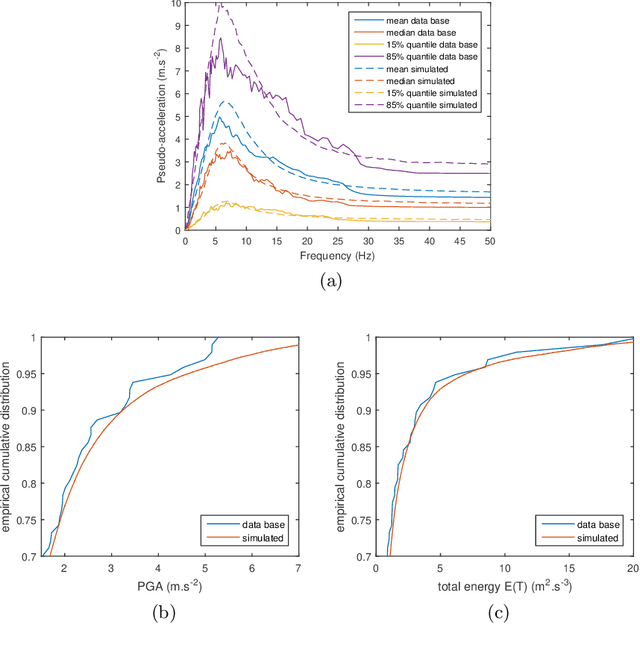

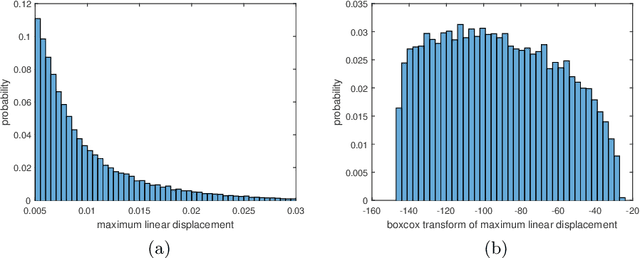

Abstract:Fragility curves which express the failure probability of a structure, or critical components, as function of a loading intensity measure are nowadays widely used (i) in Seismic Probabilistic Risk Assessment studies, (ii) to evaluate impact of construction details on the structural performance of installations under seismic excitations or under other loading sources such as wind. To avoid the use of parametric models such as lognormal model to estimate fragility curves from a reduced number of numerical calculations, a methodology based on Support Vector Machines coupled with an active learning algorithm is proposed in this paper. In practice, input excitation is reduced to some relevant parameters and, given these parameters, SVMs are used for a binary classification of the structural responses relative to a limit threshold of exceedance. Since the output is not only binary, this is a score, a probabilistic interpretation of the output is exploited to estimate very efficiently fragility curves as score functions or as functions of classical seismic intensity measures.
 Add to Chrome
Add to Chrome Add to Firefox
Add to Firefox Add to Edge
Add to Edge